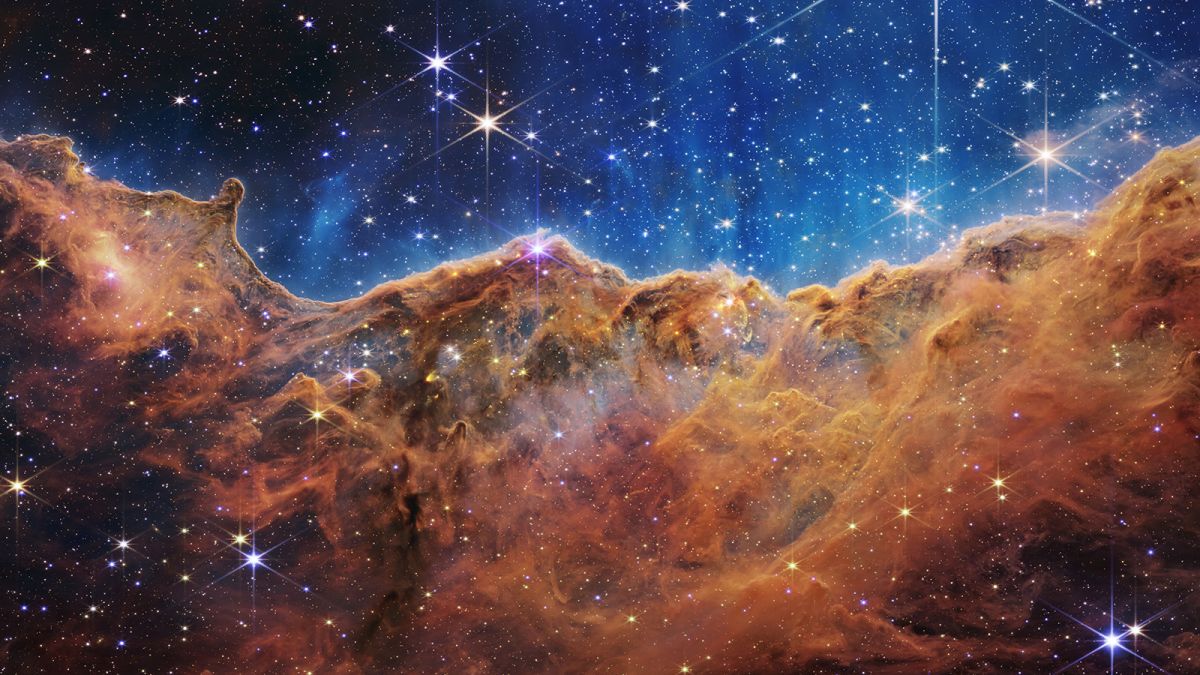
Neptune and its elusive rings are being illuminated in new ways by new photographs from NASA’s James Webb Space Telescope, which were revealed on Wednesday. According to Heidi Hammel, an expert on Neptune and an interdisciplinary scientist working on the Webb project, “this is the first time we’ve spotted them in the infrared.”
Images from the Webb telescope reveal Neptune’s fainter dust bands among numerous clear, narrow rings. In 1989, during its visit to Neptune, NASA’s Voyager 2 captured the first photographic evidence of the planet’s rings. Since then, some of the rings have eluded observation. Neptune, the farthest planet from the sun, is a place of darkness, cold, and supersonic winds. Jupiter and Saturn, the two largest planets in the Solar System, are called “gas giants” due to their high hydrogen and helium content.
Neptune appears white in the new images, which is a stark contrast to the usual blue coloration it exhibits in visible-light photographs. The reason for this is that the gaseous methane that makes up a portion of the planet’s chemical composition does not show as blue in the images taken by Webb’s Near-Infrared Camera (NIRCam).
Clouds of methane ice can also be seen in the photos, appearing as brilliant streaks and patches due to their ability to reflect sunlight before the gas absorbs it. As the press release states, “a visual hallmark of worldwide atmospheric circulation that propels Neptune’s winds and storms” may be seen as a bright, thin line ringing the equator of the planet.
Webb was also able to snap images of seven of Neptune’s fourteen known moons, including the planet’s largest moon, Triton, which has the most peculiar orbit of all the known satellites in our solar system. Triton was likely a Kuiper Belt object captured by Neptune’s gravity. The Kuiper Belt is an area of icy objects near the solar system’s boundary. In the years ahead, scientists hope to use Webb to learn more about Neptune and Triton.
Dil Bole Oberoi





